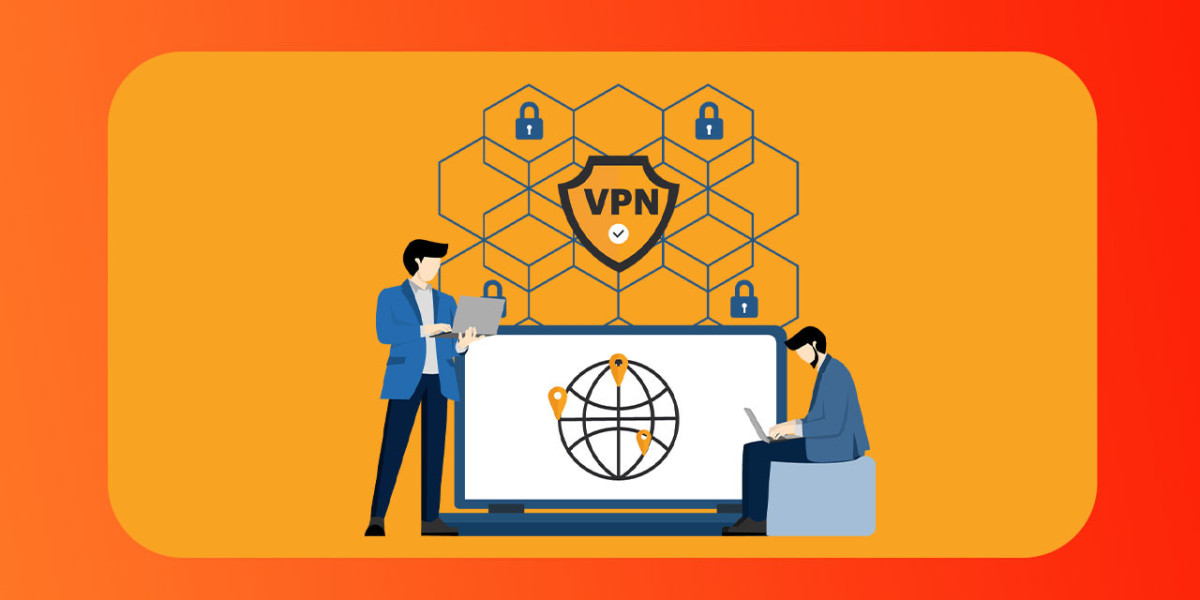Across Qatar, teams are split between offices, sites, and homes. Projects span Doha, Lusail, and regional hubs. That mix only works when people can reach systems safely from anywhere. VPN Connectivity gives companies a secure path into corporate networks without exposing the whole environment to the open internet. It is not a luxury. It is the fabric that keeps work moving and data protected.
What VPN Connectivity actually delivers
At its core, a VPN creates an encrypted tunnel between a device or a branch and your network. Remote access VPNs let employees reach apps from laptops or phones. Site to site VPNs join offices and data centers so systems talk like they are on one private LAN. Standards from NIST explain the roles of IPsec and TLS based VPNs and why both remain common in enterprises. Each suits different patterns of access and they can live side by side.
Reliable access without renting a private circuit
Many firms ran on leased lines and MPLS for years. Those services still have a place, but internet based tunnels are often faster to deploy and easier to scale. Vendors and analysts point out that pairing broadband with smart routing or SD-WAN can meet performance goals at a lower total cost for many use cases. The core idea is simple. Use the public network, add encryption, and let policy steer traffic where it performs best.
A cleaner way to support hybrid work
Employees expect corporate access from home, client sites, and hotels. Modern clients such as Always On VPN establish trusted tunnels based on device health and user identity, then keep them stable as the connection changes from wifi to mobile. This reduces help desk noise and keeps people productive during travel or on call.
Security that fits real threats
Good VPN Connectivity does more than scramble traffic. It enforces who may connect, which apps they can reach, and how long a session should live. Guidance from CISA and NIST places VPNs within a broader move toward least privilege and zero trust. In practice that means combining VPN tunnels with strong authentication, device checks, and segmented access rather than giving every remote user the full network.
Site to site VPNs that tie locations together
Growing companies add warehouses, clinics, showrooms, and partner spaces. Site to site IPsec links connect these locations quickly over standard internet links while keeping data private. Current platform docs from major vendors outline support for IKEv1 and IKEv2, certificates or preshared keys, and dual stack networking so deployments match your environment.
Performance that users can feel
No one cares how secure a tunnel is if video calls stutter. Well built VPNs use modern ciphers and efficient protocols. TLS based VPNs can traverse restrictive networks by riding over common ports, which helps travelers and contractors who join from guest wifi. Where congestion is a risk, DTLS options avoid the double retransmit problem that slows down TCP in a tunnel. These are small technical choices with big user impact.
Compliance and audit worth showing
Boards and auditors expect proof that access is controlled and logged. Enterprise VPN platforms record who connected, from where, for how long, and to which resources. NIST telework guidance treats this visibility as a baseline, along with regular patching, key rotation, and backups for configuration and logs. In regulated sectors, those basics turn security from a claim into evidence.
How VPN and zero trust fit together
Some leaders hear that zero trust replaces VPNs. The reality is more practical. Enterprises often keep VPN Connectivity for site to site links and specific workloads while using zero trust network access to narrow remote user reach. Government guidance frames this as a journey toward more granular policies, not a flip of a switch.
What to expect on day one
Teams notice fewer hoops to jump through and a consistent way to reach tools wherever they work. IT gains central policy, easier certificate management, and clearer logs. Finance sees savings when legacy circuits are right sized. Security gets a system that pairs encryption with identity, not just a tunnel with a shared key.
Conclusion
With growth across construction, hospitality, healthcare, and finance, secure access is now part of core operations. Invest in VPN Connectivity and you give your people a stable, private route to the systems that run the business, wherever they connect from. Do it with modern clients, clear policies, and good monitoring, and you will feel the lift in productivity and peace of mind. That is a smart move for any enterprise preparing for its next stage.






